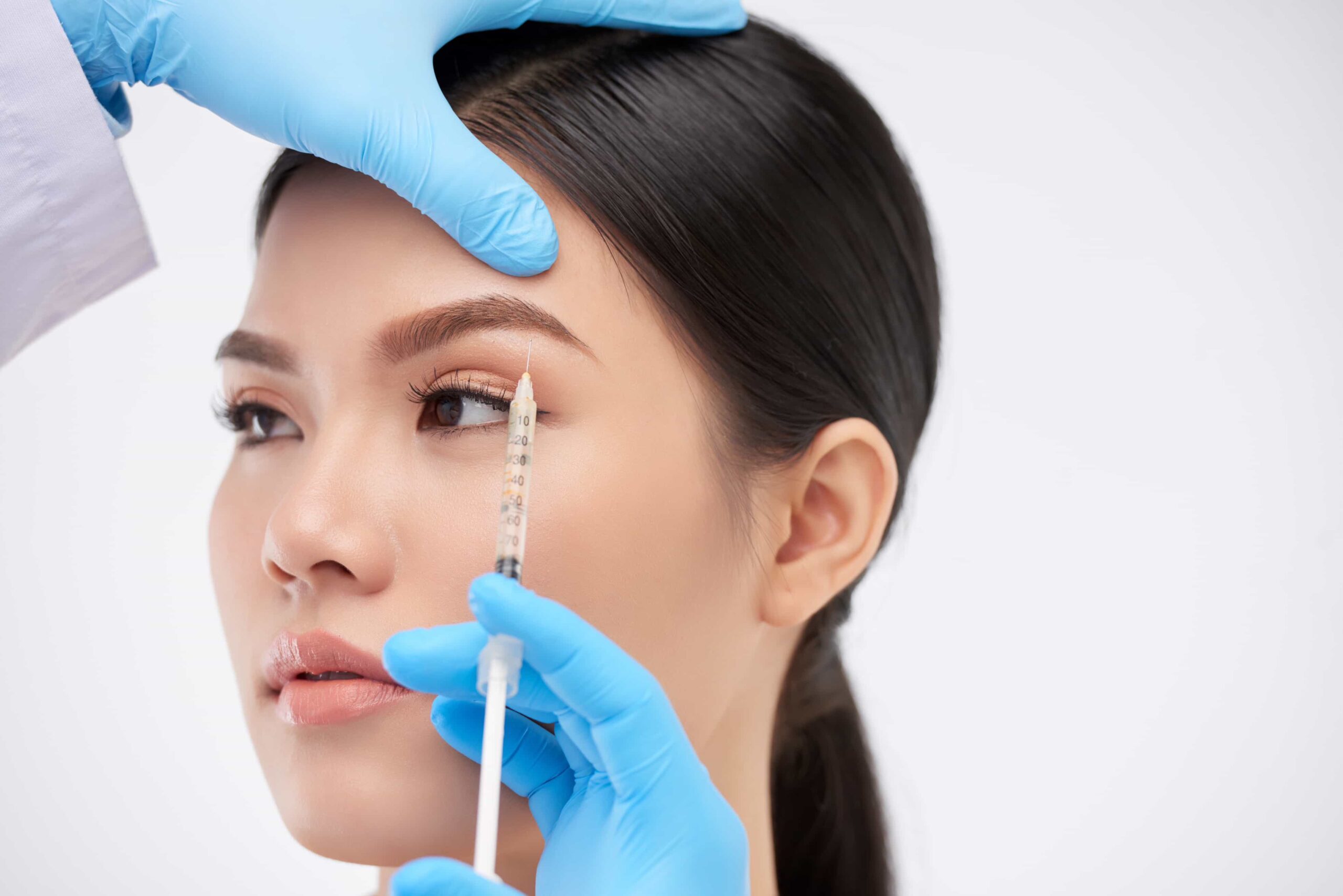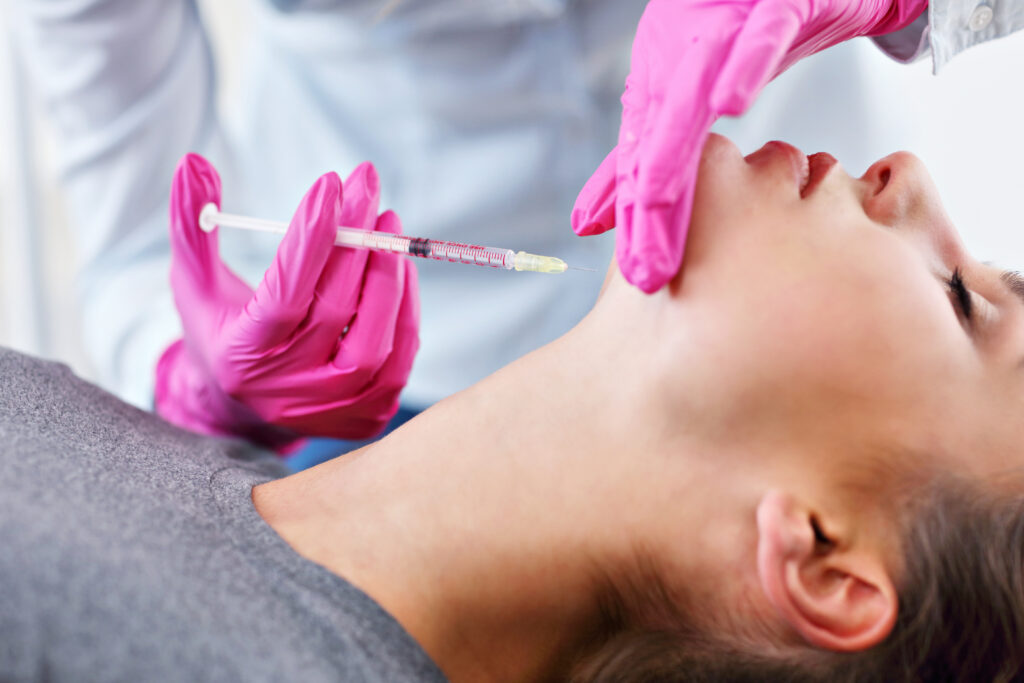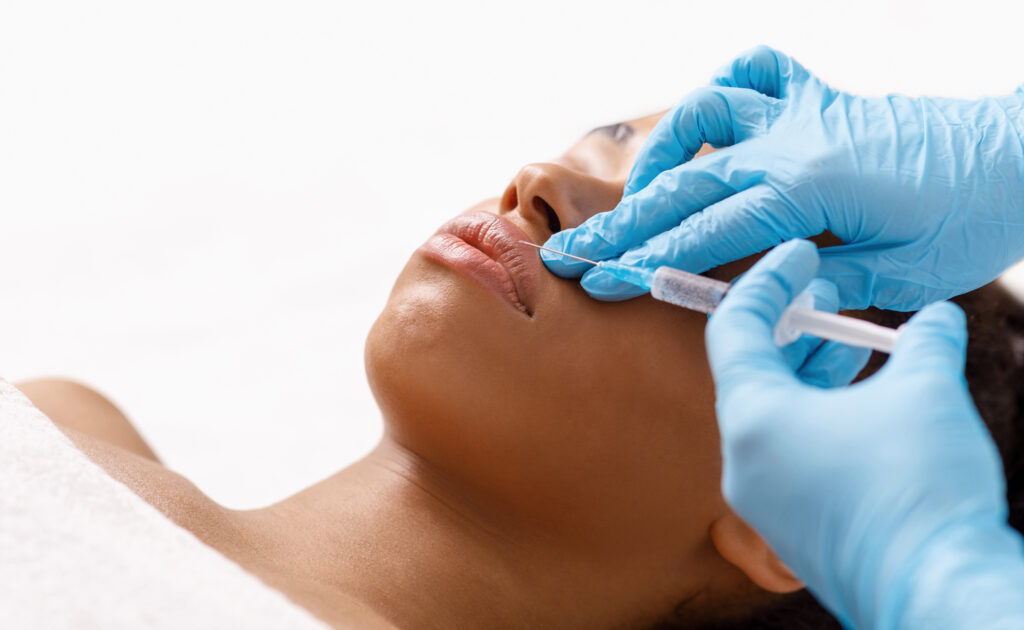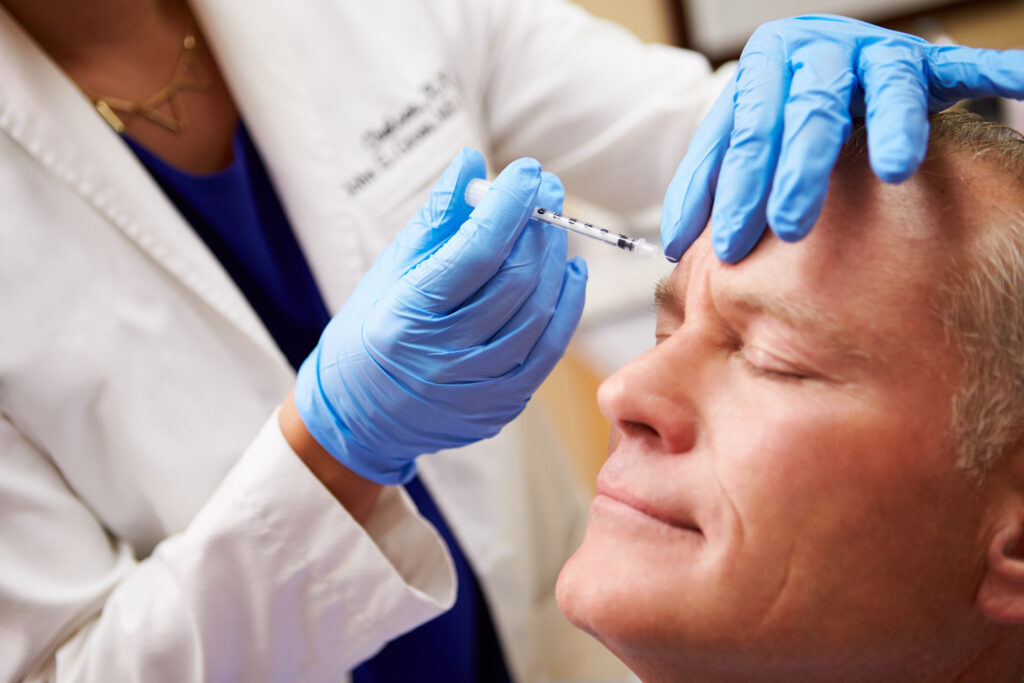Neurotoxin causes the relaxations of muscles that lead to dimpling.

If you notice dimples on your chin when you smile or talk, chin tox might help. These dimples, often called “orange peel chin,” can also include a line above the chin.
To see if neurotoxin can smooth these features, it’s important to understand how the treatment works and if you’re a good candidate.
How Does It Work?
Chin tox works by relaxing the mentalis muscle, which causes chin dimpling. In people with an overactive mentalis, muscle movement pulls the skin, creating dimples. By relaxing this muscle, the dimples become less noticeable.
Things to Consider
Some people have a weak chin or jaw structure that doesn’t support the lower lip. As a result, the chin muscle works harder to keep the lips closed. You can often see this in your side profile—if the chin sits behind or in line with the lips, it may lack support.
In these cases, adding a chin implant or filler might help. Your provider may suggest doing this before or along with the toxin treatment.
Another concern is the mentalis crease, a line above the chin caused by repeated muscle movement. Toxin can help prevent new lines from forming by stopping the muscle from contracting.
However, if the lines remain even when your face is at rest (called static lines), you may need extra treatments. Options include retinol, chemical peels, lasers, or microneedling to smooth the skin.
Initial Consultation
At your first visit, your provider will create a personalized treatment plan based on your aesthetic goals.
During Treatment
Next, your provider will inject neurotoxin into specific points of the mentalis (chin) muscle to relax it and smooth dimples or lines.
Important Considerations
Treatment results for static lines can vary. Factors like age, sun damage, and how long the crease has been present can affect the outcome. In some cases, deep lines may not fully disappear.
This is why many people now choose preventative Botox—to stop creases from forming early.
For deeper mentalis lines, your provider may suggest combining Botox with dermal fillers and skin resurfacing for the best results.
Patients should follow their practitioner’s aftercare guidelines and avoid any lower face procedures for 2 weeks post injection.










